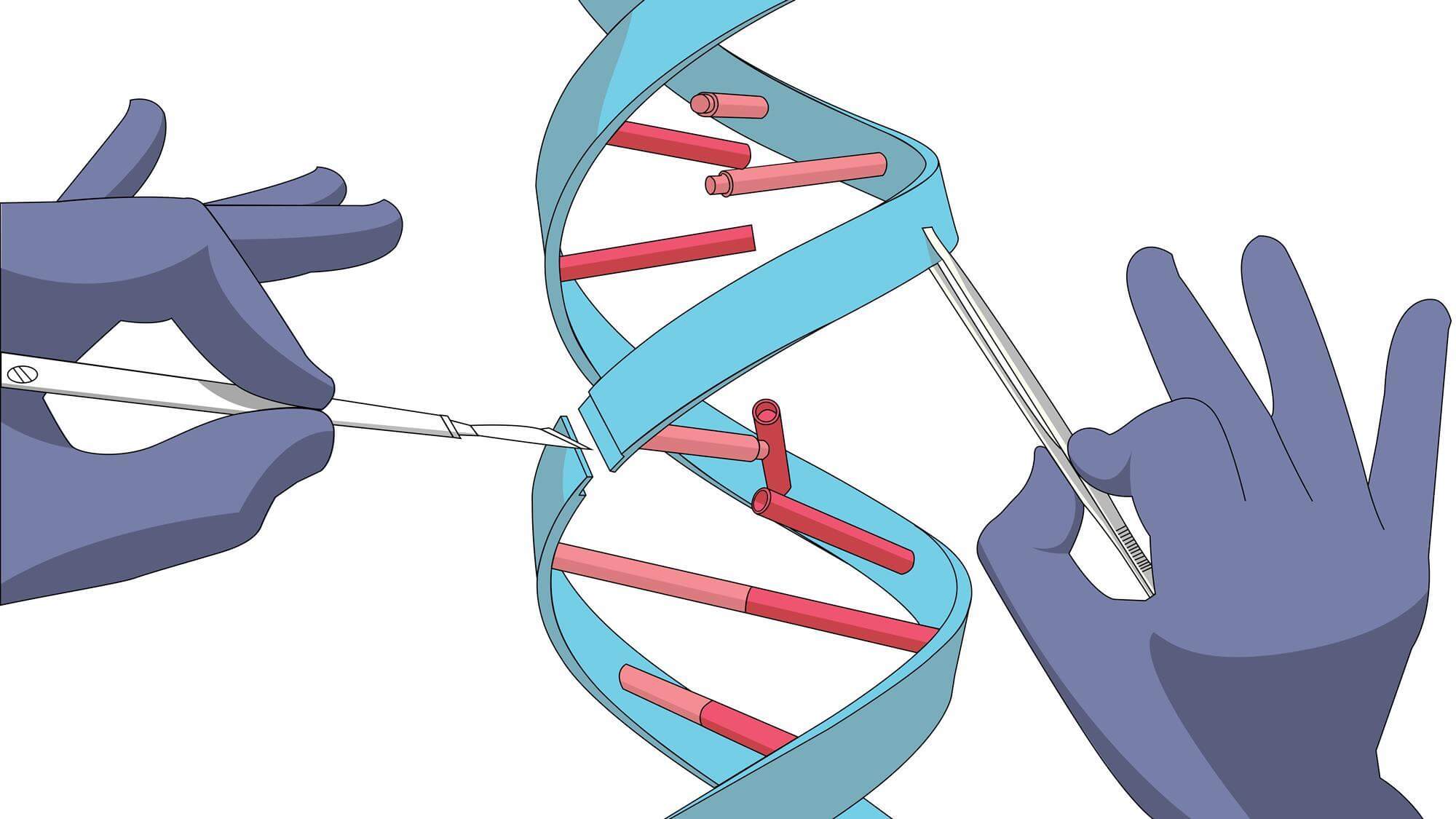The CRISPR genome editing technology was developed in 2012. It has potential to eventually cure multiple genetic diseases. However, there are still some unknown aspects of this technology. Scientists have not been able to consistently identify off-target effects in "theurputicallly relevant cell types". This is what is keeping CRISPR from moving to the clinic. An article by Science Daily writes that Gladstone Institutes have developed a method to distinguish these off-target effects. When CRISPR cuts DNA, the cell recruits different DNA repair factors to that region to fix the break. The goal of the scientists was to find the location of the DNA repair factors in order to identify the sites that have been cut by CRISPR. One specific repair factor, MRE11, is always present in repairing the DNA. Scientists developed "DISCOVER-Seq", which uses MRE11 to identify the precise areas in which the genome has been cut.
I think that DISCOVER-Seq will be very important in moving CRISPR to the clinics. It is crucial that scientists are able to identify and effects on DNA that occur away from the target region. This new technique also uses the cell's natural response to cuts in DNA, so it may be the most accurate method developed thus far.

No comments:
Post a Comment